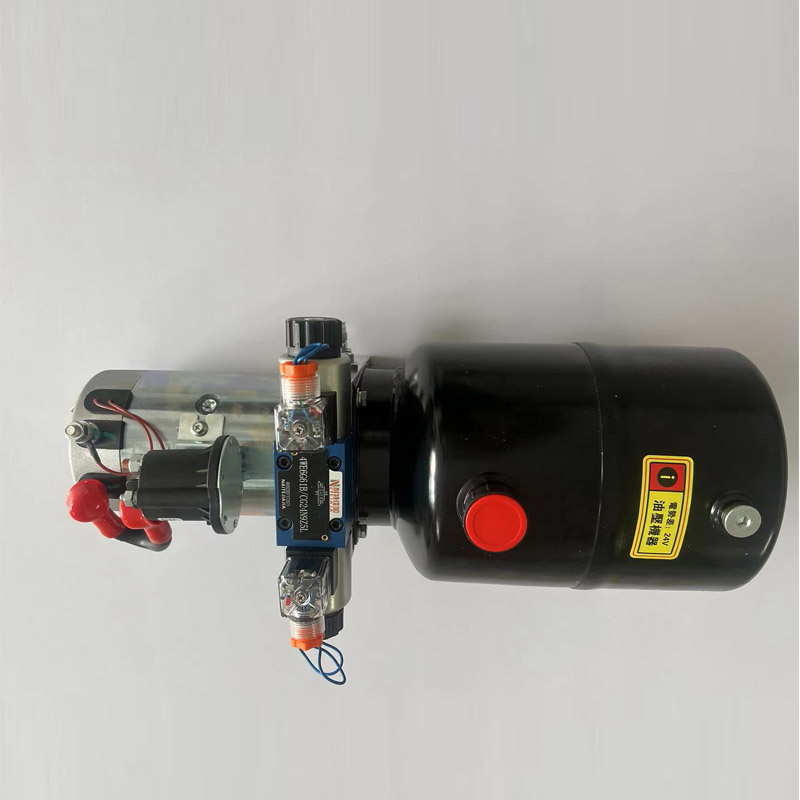Nov . 18, 2024 01:57 Back to list
High-Performance Hydraulic Slave Cylinder for Clutch Systems and Enhanced Vehicle Control
Understanding Clutch Hydraulic Slave Cylinders A Key Component in Modern Vehicles
The clutch hydraulic slave cylinder is an essential component in the mechanism of manual transmission vehicles. It plays a pivotal role in the process of disengaging the clutch, allowing for smooth shifting of gears and optimal vehicle performance. As the automotive industry advances, understanding the function and importance of the clutch hydraulic slave cylinder becomes increasingly relevant for both enthusiasts and everyday drivers.
What is a Clutch Hydraulic Slave Cylinder?
A clutch hydraulic slave cylinder is part of a hydraulic system that facilitates the operation of the clutch. It works in conjunction with the master cylinder, which is activated when the driver presses the clutch pedal. The master cylinder generates hydraulic pressure that is transmitted to the slave cylinder, which, in turn, pushes the clutch release fork to disengage the clutch from the engine flywheel.
How It Functions
The operation of the clutch hydraulic slave cylinder is primarily based on the principles of hydraulics. When the clutch pedal is depressed, hydraulic fluid is forced from the master cylinder through a hydraulic line to the slave cylinder. The slave cylinder amplifies this pressure, allowing it to move the clutch release fork. This movement disengages the clutch, enabling the driver to shift gears effortlessly.
One of the advantages of hydraulic systems over traditional mechanical linkages is their ability to provide smoother and more consistent operation
. The hydraulic slave cylinder eliminates the need for complex cable systems, which can stretch or wear over time, resulting in less effective clutch operation.clutch hydraulic slave cylinder product

Importance of Regular Maintenance
Like any automotive component, the clutch hydraulic slave cylinder requires regular maintenance to ensure its longevity and effectiveness. Over time, seals and components within the cylinder can wear out, leading to fluid leaks and loss of pressure. Drivers may experience symptoms such as difficulty shifting gears or a spongy clutch pedal if the slave cylinder is not functioning properly.
Routine inspections are essential. Drivers should be attentive to any signs of hydraulic fluid leaks around the clutch area or unusual changes in clutch pedal feel. If problems arise, timely replacement of the slave cylinder is crucial to prevent further damage to the vehicle’s transmission.
Choosing the Right Slave Cylinder
When it comes to replacing a clutch hydraulic slave cylinder, selecting a high-quality part is vital. Not all hydraulic slave cylinders are created equal, and using subpar components can lead to premature failure and costly repairs. It’s recommended to choose OEM (Original Equipment Manufacturer) parts or reputable aftermarket alternatives to ensure compatibility and reliability.
Conclusion
The clutch hydraulic slave cylinder is a vital component in the functioning of manual transmission vehicles. By understanding its role and maintaining it properly, drivers can ensure smooth gear transitions and prolong the life of their vehicle’s transmission system. As with any automotive component, awareness and timely maintenance are key to optimal performance and safety on the road. Always consult with a trusted mechanic when in doubt, and prioritize quality parts to keep your vehicle operating at its best.
-
Fork Lift Power Units - Hebei Shenghan | Efficiency, Reliability
NewsJul.13,2025
-
1.5-Ton Turbocharged Cylinder-Hebei Shenghan|Hydraulic Solution,Energy Efficiency
NewsJul.13,2025
-
Auto Hoist Power Units-Hebei Shenghan|Efficiency&Industrial Lifting
NewsJul.13,2025
-
Double Acting Power Units-Hebei Shenghan|Hydraulic Solutions,Industrial Efficiency
NewsJul.13,2025
-
1.5 Ton Lifting Cylinder 70/82-40-290-535 - High-Performance Hydraulic Solution | Hebei Shenghan
NewsJul.13,2025
-
Fork Lift Power Units - Hebei Shenghan | Efficiency&Reliability
NewsJul.13,2025
